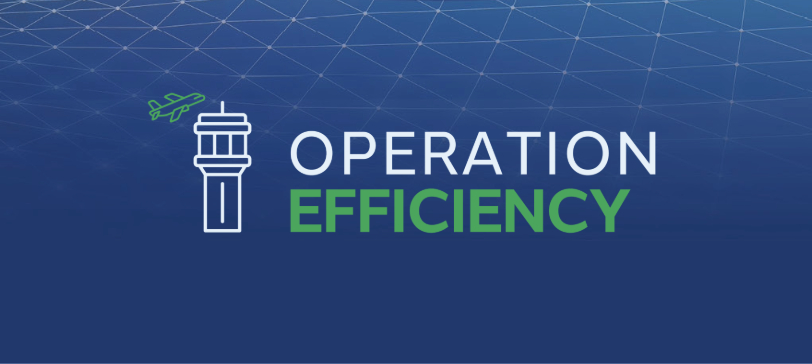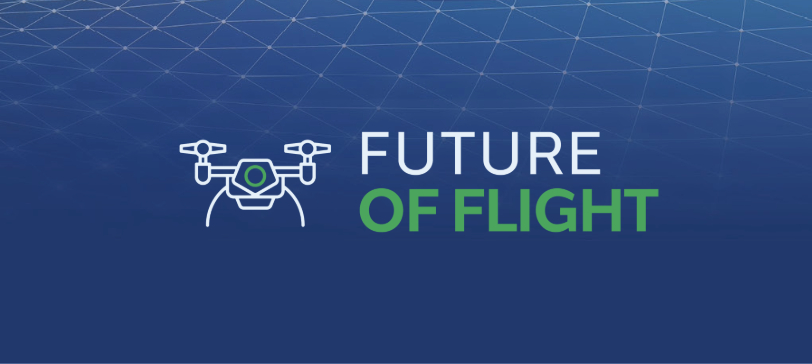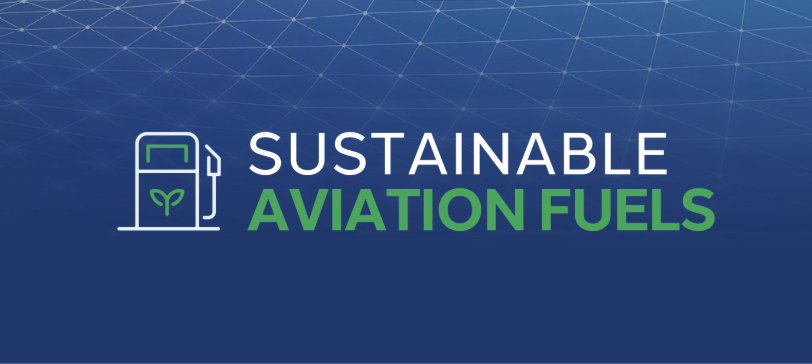KEY EVENT THEMES
Explore the key driving forces behind the industry's journey to achieve its Net Zero goals.
From SAF to Future of Flight, discover innovative solutions and actionable insights shaping the future of sustainable skies.
EXPLORE THE KEY EVENT THEMES:

CARBON REMOVAL
As the industry strives to find long-term solutions to alternative fuels, direct carbon capture and removal could also help companies meet Net Zero targets. This technology is still very much in early development but research suggests that it could prove to have a significant impact on climate change.
The path to effective carbon removal technologies involves not only innovation but extensive collaboration among regulatory bodies, wider industries and research institutions, which will be accelerated through SSWS25’s conference agenda and other key event features.

ZERO EMISSIONS
Zero emission flight is closer to reality than you may think. Whilst SAF offers an immediate solution to cutting CO2 emissions, the industry is working hard to develop and test hydrogen, electric, solar, and hybrid solutions for zero emission flights.
Achieving this involves tackling complex challenges, from infrastructure improvements and energy storage to developing entirely new aircraft solutions. SSWS25 will be a stage for experts to share innovations and present approaches vital to advancing sustainable air travel.

OPERATION EFFICIENCY
Whilst discussion is often dominated by the role of aircraft themselves, there is a significant role to play from associated infrastructure including airports and flight paths.
With flight schedules being back to pre-COVID figures, operational efficiency will have a key impact on the environment and the industry’s goal to reach Net Zero by 2050. This theme encompasses optimising airport operations, air traffic management, operational practices and ultimately, minimising the aviation industry’s environmental footprint.

FUTURE OF FLIGHT
Advanced Air Mobility (AAM) is a key element of the future of flight and fundamentally part of the decarbonisation of the aviation sector. Development of these new vehicles is accelerating rapidly with many test flights in their early stages.
The introduction of AAM vehicles not only contributes to sustainability but also marks a transformation in how we envision air travel, potentially revolutionising urban air mobility.
These new forms of air travel offer shorter commute times, reduced noise pollution levels, reduced traffic congestion and lower environmental impacts.
The realisation of AAM’s full potential is a mammoth task, requiring industry-wide collaboration that overcomes regulatory, infrastructure and technological challenges.

SUSTAINABLE AVIATION FUELS
Sustainable Aviation Fuels (SAF) are highly regarded as one of the key strategies in helping the aviation industry achieve a reduction in emissions. Compared with conventional fossil fuels, SAF reduces CO2 emissions across its life cycle.
The cost and availability of SAF often comes down to government support and the supply chain, with many in the industry calling for more government-led incentives to advance the market.
The adoption of SAF extends beyond the technological advancements, requiring a robust supply chain, encouragement in research, development and investment in the production of sustainable fuel types.
SSWS25 will provide a platform to discuss these complex challenges, from policy and regulatory changes to industry collaboration, as the aviation industry aims to integrate SAF on a much broader scale.